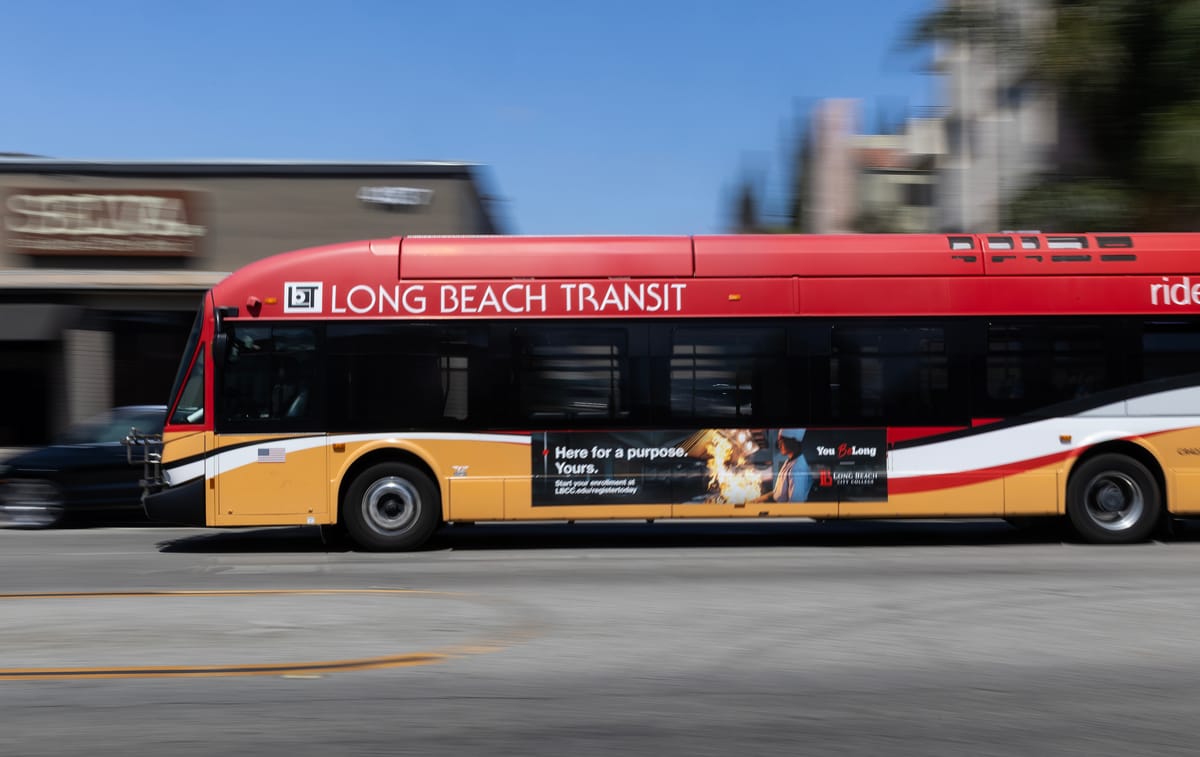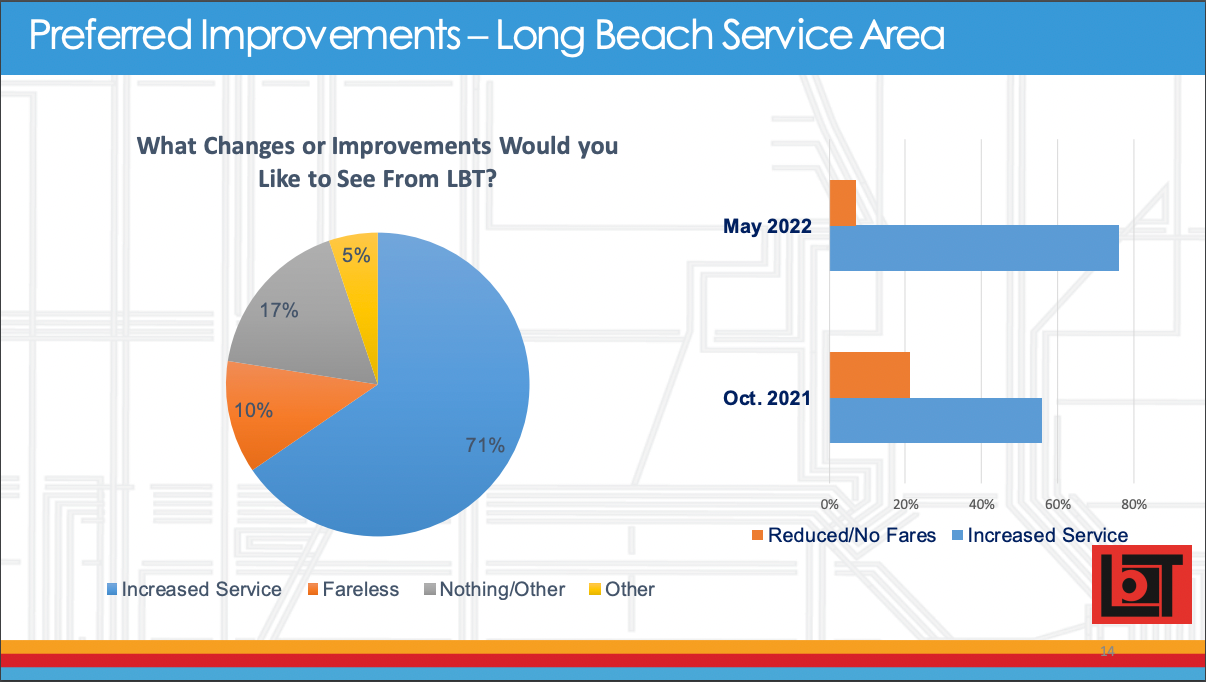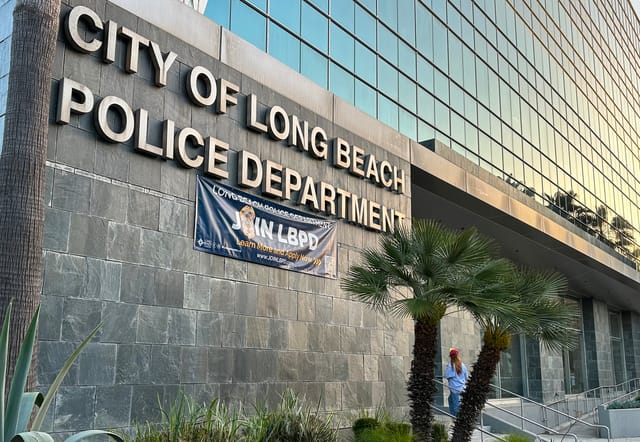Column: We already have a world-class transportation network. The buses just need to come more often.
If Long Beach wants to give people easy mobility options around town, the city should do whatever it takes to make the buses show up at the shortest intervals possible.

Long Beach recently announced an extension of the free micro-transit shuttle program that has been operating in Belmont Shore and the Downtown area for almost two years now.
With roughly $6.4 million, the service will expand to connect the two locations, offering free rides throughout the city’s coastal neighborhoods that you can hail on the Circuit app.
But the program that was intended to reduce car trips is not going to scale up to meet the transportation needs of the whole city.
“Something that picks up five people is not going to solve anything in the long term,” Council member Megan Kerr pointed out.
She asked if it could be better to spend public dollars on local transit agencies, like Long Beach Transit — which already operates multiple bus lines between Belmont Shore and the Downtown area, plus all around the rest of the city.
However, the issue with relying on the bus network is that they don’t show up often enough.
The Circuit shuttle, ride-share services like Uber or Lyft, or a personal vehicle operate roughly on demand, while a lack of convenience is what’s keeping people from riding the buses.
Bus frequency, or how often a bus will show up at a given stop, is a huge piece of creating a good bus network. But in Long Beach, only one out of 23 routes arrives more often than every 15 minutes.
Several of the routes, including those that connect Downtown and Belmont Shore, only show up every 20 to 30 minutes, leaving potential riders waiting at a bus stop for far too long to be convenient.
That’s why riders overwhelmingly chose “increased service” as the most important improvement to the system in LBT’s annual survey.

Knowing that a bus will be there within a few minutes no matter when you get to the bus stop means reliability. If you miss a bus, you will know that another one is already on its way.
But scheduling more buses means more drivers, vehicles and higher costs for the transit agency that only gets 6 to 8% of its operating budget from fares.
Most of their funding comes from Los Angeles County and the State of California, combining for over $92 million of the department’s $132.2 million budget.
Also, $6.8 million comes from Los Angeles County's Prop A funds, a special sales tax that voters approved to fund transportation.
And Long Beach voters have shown they’re willing to support public infrastructure, with Measure A. The city should look at directing more of our taxpayer money to supporting the transit agency.
The city is spending roughly $71 million this year to repair roads that will just be destroyed again, as people choose to drive their vehicles instead of taking the bus. That much money would increase LB Transit’s budget by about 53% and let them run more buses.
The police and fire departments combine for over $464 million, more than half of the city’s general fund.
Considering that a lot of what these departments do is respond to traffic incidents, we could probably afford to redirect some of that money to transit options that will prevent vehicle collisions by taking cars off the road.
Wherever the money comes from, there’s a clear need for more investment in our transit agency to improve service. Long Beach Transit is operating at roughly 73% of its pre-pandemic levels, according to American Public Transportation Association data.
If we want to connect the whole city with efficient, reliable transportation, the bus network we already have is where we should invest our money.
Editors note: Long Beach Transit gets $6.8 million in funding from Los Angeles County's Proposition A.

We need your support.
Subcribe to the Watchdog today.
The Long Beach Watchdog is owned by journalists, and paid for by readers like you. If independent, local reporting like the story you just read is important to you, support our work by becoming a subscriber.





